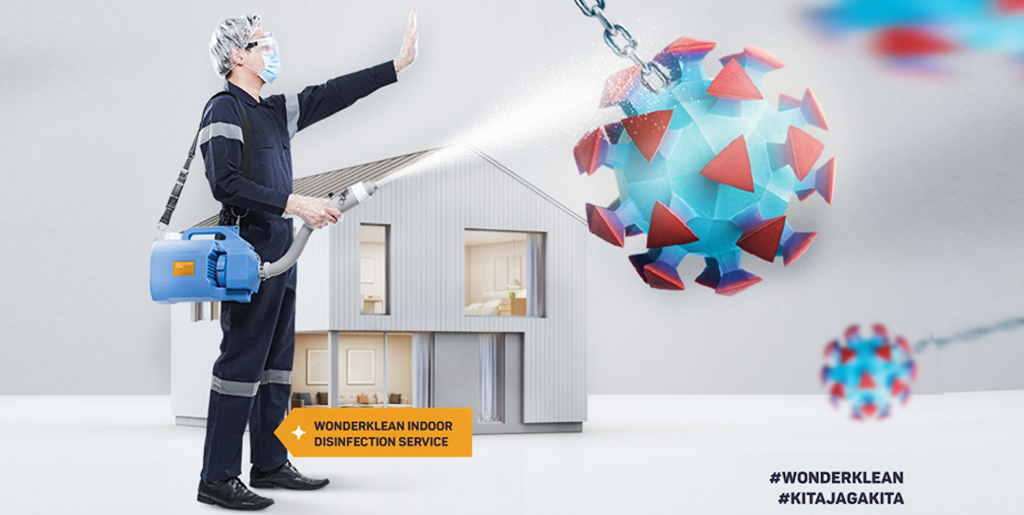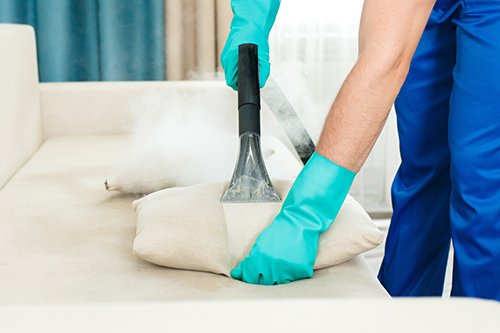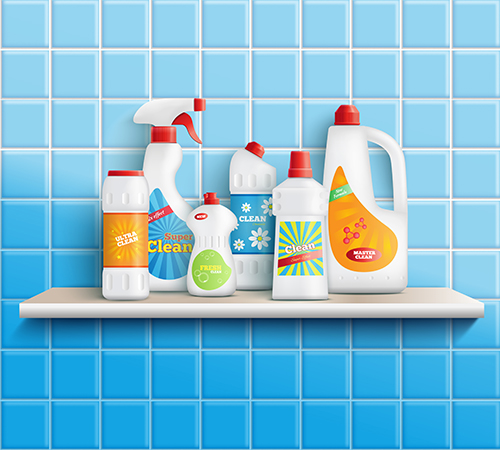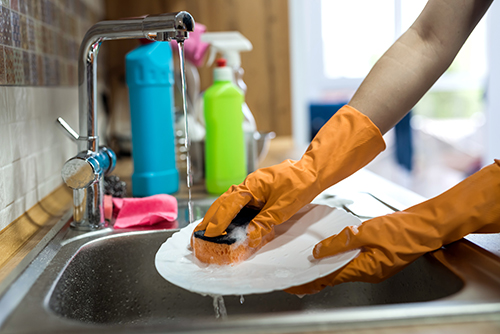
Cleaning your home when someone in your household has contracted a contagious disease is important. It reduces the chance of the illness from spreading to other family members and ensures the safety of vulnerable individuals, especially since viruses can survive on surfaces for several weeks.
Thorough cleaning is needed to keep your house free from all infectious germs, bacteria and viruses. Here are a few tips you can use to help rid your home from any deadly pathogens.
1. Thoroughly clean bedsheets, blankets and other fabrics.
People naturally stay in their bedrooms while they are sick, which can leave germs on bedsheets and pillowcases. Failure to clean them increases the risk of reinfection or spreading the illness to other family members. If your child has been infected, you may also want to clean any stuffed toys they may have.
Wear rubber gloves to avoid catching the illness while you are cleaning all your items. It’s best to keep the bedding away from your face and body.
Disinfect the common touch-points which the sick person may have been in contact with, such as doorknobs, cabinets, light switches, and remote controls. Clean these areas daily and don’t forget to disinfect the laundry basket to prevent cross-contamination.

2. Use the right cleaning supplies to clean bathrooms
The bathroom is another area used by all members of your household and is the most common place for germs to multiply. Use a proper disinfectant cleaner to wipe it down instead of clean water and mild cleaners. Be sure to follow the product instructions for the best results.
Make sure to clean the bathroom at least once a day. Focus on the doorknobs, toilet seats, sinks, shower handles, trash can, floor, light switches, and toiletries. If you have multiple bathrooms, you should assign one especially for the sick individual only.
If that’s not an option, be sure to separate the bath towels used by the sick person and clean the bathroom every day. Wash the towels and rugs with hot water and dry them in high heat to kill the germs. You may want to use paper towels instead of washcloths to avoid the spread of any bacteria and germs. Clean the toothbrush holder and throw away the toothbrush used by the sick person after they recover.

3. Utensils, plates and other kitchen materials also need to be cleaned
Disinfect all utensils and dishes used by the sick person in hot water. You can also clean them with a store-bought disinfectant solution. Or, you can also create your own solution by mixing 1/2 cup of chlorine bleach with 1 gallon of water.
Remember to wipe down the surfaces of the dining tables, chairs, refrigerators, drawers, and cabinets with disinfectant solution.
Under no circumstances should the sick person prepare food. As much as they wash their hands or sanitise, it is still quite possible for the virus to spread indoors. In the end, it’s best to get the ill person to avoid the kitchen completely.

Conclusion
While these tips will help to reduce the risk of infection while housing a sick person, it is always important to remember to priorities your own health and sanitation too.
Wear gloves and a face mask when cleaning the areas and household items mentioned above. Only use high-quality disinfectant sprays or solutions to make sure all germs are removed.
If you are looking for a solution to your home-disinfecting problem, Wonderklean offers affordable cleaning services, disinfection services and cleaning products which you can use to clean your home. Our employees use the latest equipment in disinfecting technology, including sprayers equipped with a high-speed motor configured to generate a micrometre mist to fully sanitise your home, no matter how big or small.



